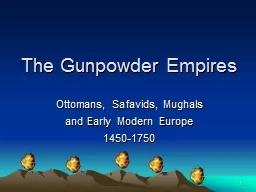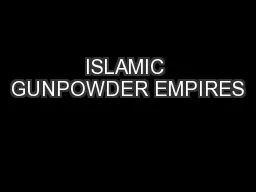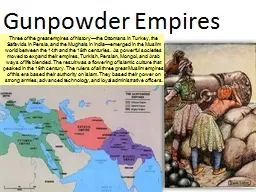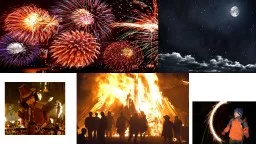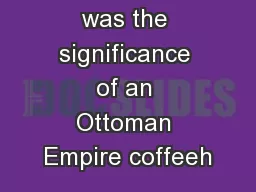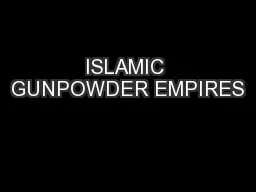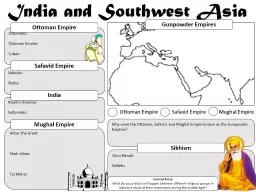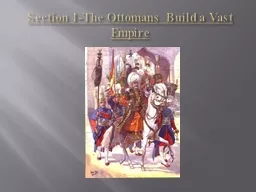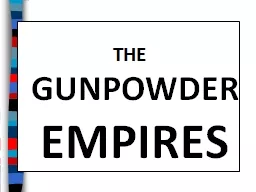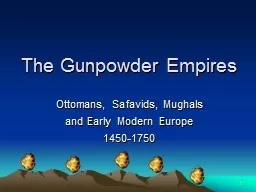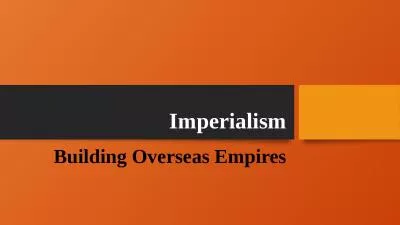PPT-1 The Gunpowder Empires Ottomans, Safavids, Mughals
Author : karlyn-bohler | Published Date : 2018-10-08
and Early Modern Europe 14501750 2 Rule of the Ottomans 3 The Ottoman Empire 12891923 Osman leads bands of seminomadic Turks to become ghazi Muslim religious
Presentation Embed Code
Download Presentation
Download Presentation The PPT/PDF document "1 The Gunpowder Empires Ottomans, Safavi..." is the property of its rightful owner. Permission is granted to download and print the materials on this website for personal, non-commercial use only, and to display it on your personal computer provided you do not modify the materials and that you retain all copyright notices contained in the materials. By downloading content from our website, you accept the terms of this agreement.
1 The Gunpowder Empires Ottomans, Safavids, Mughals: Transcript
Download Rules Of Document
"1 The Gunpowder Empires Ottomans, Safavids, Mughals"The content belongs to its owner. You may download and print it for personal use, without modification, and keep all copyright notices. By downloading, you agree to these terms.
Related Documents

